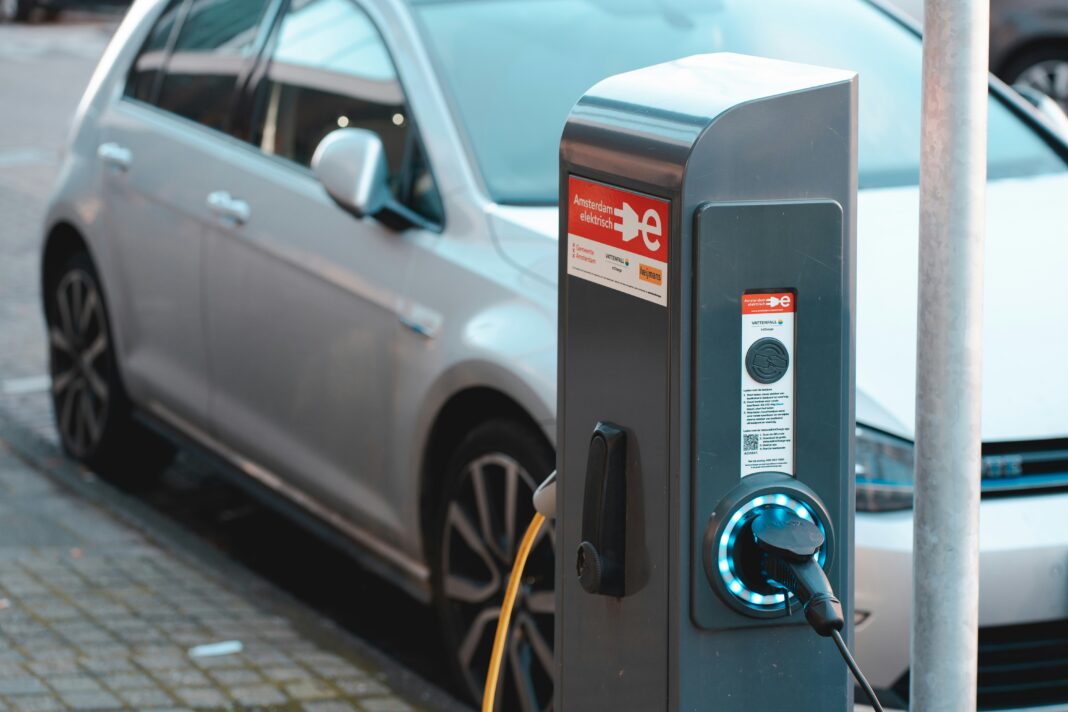Image courtesy of Ernest Ojeh on Unsplash
On the horizon is another type of EV, an extended-range Electric Vehicle (EREV). EREVs are still hybrid vehicles. They use both electricity and gasoline, but they use only an electric motor to turn the wheels, as opposed to the conventional hybrid car, which uses both an electric motor and an internal combustion engine to power its wheels.
EREVs are exceptional engineering. They combine an electric motor’s efficiency and high torque advantages with the high energy density of gasoline or diesel. The gas in an EREV’s fuel tank is converted to electrical energy by the vehicle’s generator to recharge the battery.
Two EREVs, the Chevy Volt, and the BMW i3 are already on the market in the US. Stellantis is slated to release its own EREV in the US market in 2027. The Stellantis 1500 Dodge Ramcharger pickup truck has a 92 kWh battery pack, a fuel tank and a generator, and offers over 680 miles of range on a charge.
EREVs, like hybrid EVs, still have two motors that need to be maintained. So, while EREVs get the performance characteristics and high torque of an EV, adding a generator means that they will not be as maintenance-free as a pure EV.
While EREVs are a great strategy for consumers needing long-range pickup trucks and SUVs, they are probably not a great long-term strategy. There will be longer-range batteries within the next 3-5 years that will make EVs pretty damn perfect.






